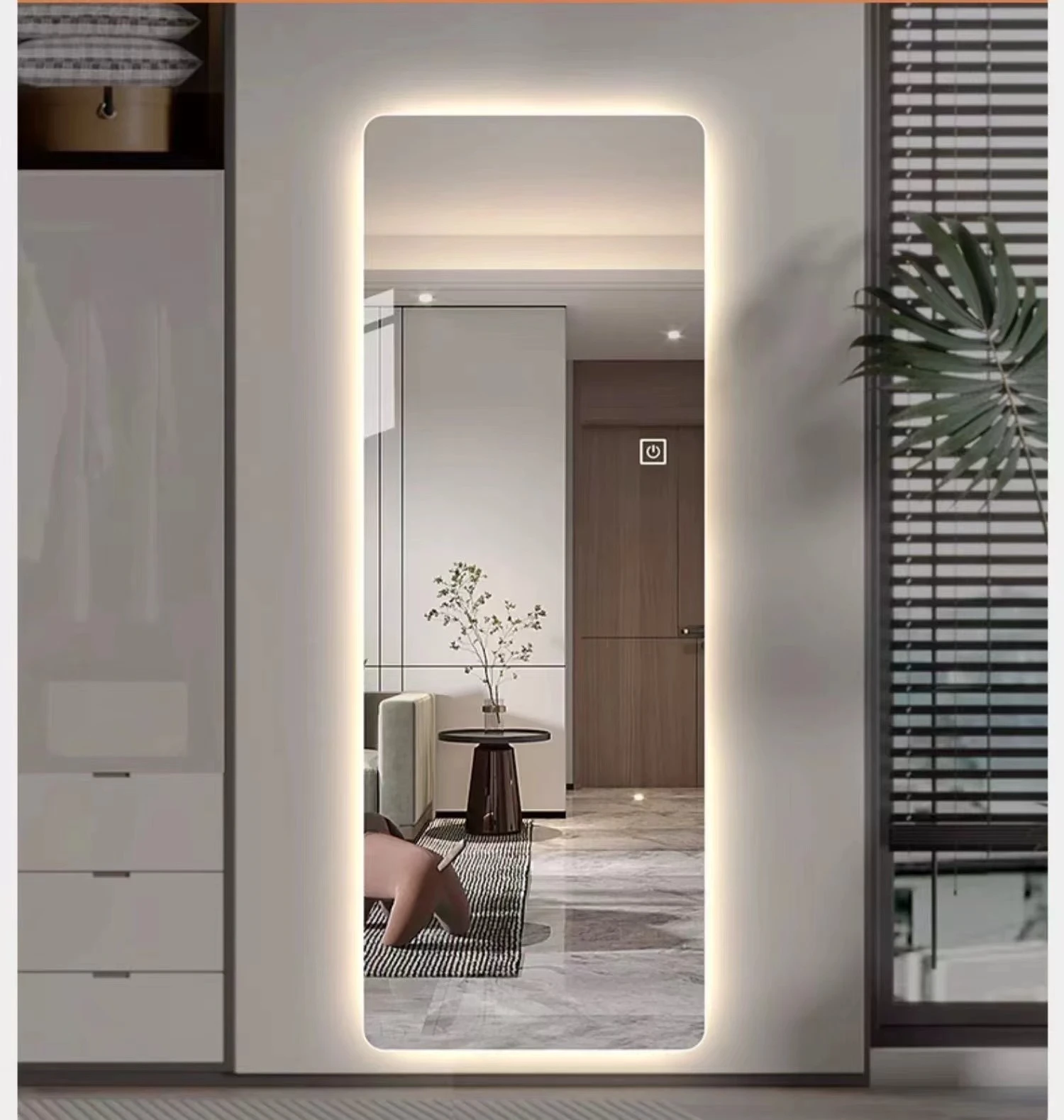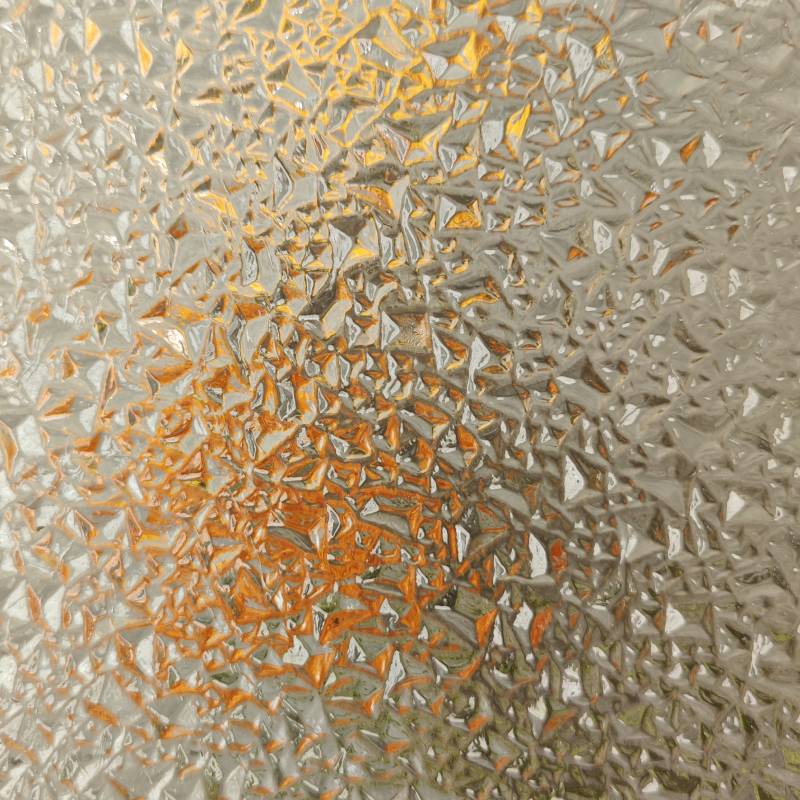Double low-E glass is revolutionizing the building and construction industry, offering unparalleled energy efficiency, aesthetic appeal, and enhanced comfort for both residential and commercial properties. Unlike standard glass, double low-E glass is treated with multiple layers of microscopically thin metals and compounds that reflect infrared heat while allowing visible light to pass through. This innovative technology brings a host of benefits that cater to the modern demand for sustainable and energy-efficient building materials.

First and foremost, the energy efficiency of double low-E glass is its standout feature. This glass variety significantly reduces heat transfer, meaning that in summer, it reflects the exterior heat, keeping interiors cooler, and in winter, it retains interior heat, maintaining warmth. This dual action dramatically minimizes reliance on air conditioning and heating systems, resulting in lower utility bills and a reduced carbon footprint. Buildings using double low-E glass align with global sustainability goals, appealing to eco-conscious homeowners and businesses seeking LEED certification or similar eco-friendly recognitions.
Beyond energy efficiency, double low-E glass contributes to enhanced comfort. Its heat-reflective properties prevent uncomfortable temperature fluctuations near windows, providing a uniform indoor climate. This quality is especially advantageous in regions with extreme weather conditions, ensuring that occupants enjoy a comfortable living or working environment year-round. Moreover, this technology also reduces glare from the sun, which is beneficial in office settings where minimizing screen reflection is crucial for productivity and reducing eye strain.

Aesthetically,
double low-E glass offers versatility and modern appeal. With its ability to maintain a clear view while still providing thermal benefits, architects and designers favor this material for projects that emphasize natural light and open spaces. Its neutrality allows it to blend seamlessly with various architectural styles, from sleek, modern edifices to traditional structures, making it a preferred choice for new constructions and renovations alike.
The UV protection offered by double low-E glass is another significant advantage. Exposure to UV rays is a leading cause of fading for interior furnishings, fabrics, and artworks. This glass blocks up to 99% of harmful ultraviolet radiation, preserving the vibrancy and longevity of indoor decor. For homeowners and businesses invested in maintaining their interiors, this feature is both protective and economical, reducing the need for frequent replacements or restorations.
double low e glass
From a professional standpoint, the longevity and durability of double low-E glass make it a wise investment. Its resilience against the elements surpasses that of regular glass, with enhanced resistance to scratching and impact. This robustness ensures that installations remain as attractive and functional years down the line as they were on day one, offering long-term value and peace of mind to property owners.
In terms of industry expertise, those specializing in window installation and energy-efficient solutions vouch for the transformative impact of double low-E glass on modern construction practices. Its integration into smart home technologies is also noteworthy; many smart systems incorporate sensor technology that can adjust the shading of double low-E glass in response to environmental changes, further optimizing energy use and comfort.
Trust in double low-E glass is backed by extensive testing and certification from leading industry standards organizations. Its performance metrics are verifiable and reputable manufacturers provide warranties that underscore their product’s reliability and effectiveness. This commitment to quality and performance reassures consumers about the robustness of their investment.
In conclusion, double low-E glass stands as a paragon of innovation in the glass industry, merging energy efficiency, comfort, aesthetic potential, UV protection, and durability into a single product. Its benefits extend far beyond traditional alternatives, offering a holistic solution to the challenges of modern building design. As the world shifts towards greener and smarter environments, double low-E glass will undoubtedly remain at the forefront of this transformative movement, continuing to shape the future of energy-efficient architecture.



